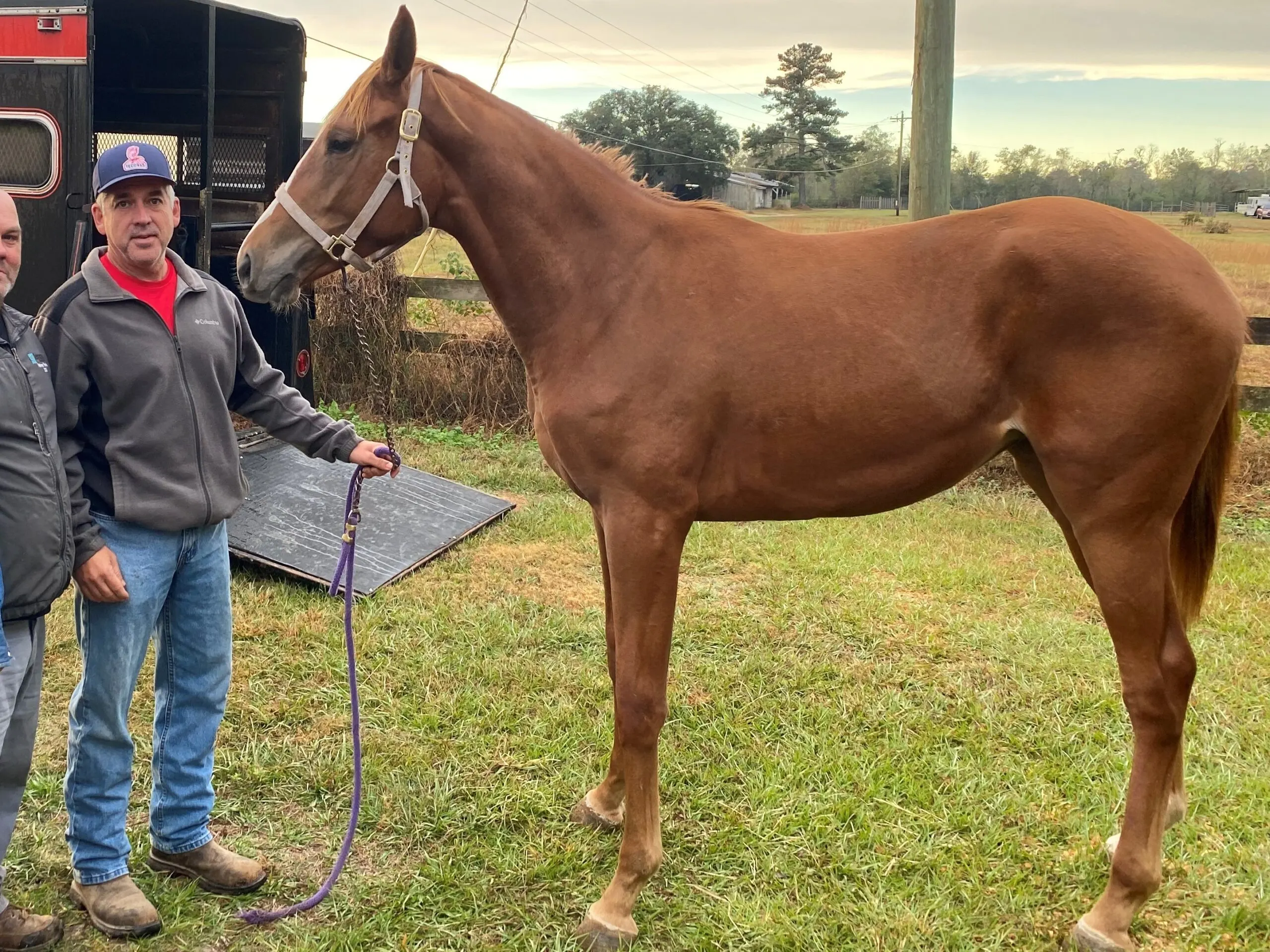Last updated: March 11, 2024
“Why do horses need shoes?” Just like humans need footwear for protection and comfort, horses require special attention to their hooves. As a seasoned horse owner, I’ve come to understand that horseshoes are not mere accessories; they are essential for maintaining a horse’s health and well-being.
In this article, I’ll share insights gained from years of experience, guiding both veteran equestrians and newcomers through the critical role of horseshoes. Whether you’re overseeing racehorses or nurturing a family pony, join me in delving into the importance of proper hoof care in the equine world.

Why Horses Need Shoes.
Horseshoes are crucial for the protection and support of horse hooves, especially considering the varied terrains and workloads they encounter:
- Protection Against Terrain:
- Horseshoes shield hooves from harsh surfaces like rocky paths and uneven fields.
- They act as a barrier against potential damage from man-made environments, such as racing tracks.
- Support for Different Workloads:
- For horses engaged in high-impact activities like racing or jumping, horseshoes provide essential support.
- They help in distributing the stress evenly across the hoof, reducing the risk of injury or strain.
- Shock Absorption:
- Just like athletic shoes for humans, horseshoes absorb shock, protecting the horse’s legs and joints from the impact of various activities.
- Adaptability:
- Horseshoes can be customized to suit different needs, from lightweight aluminum shoes for racers to heavier shoes for draft horses.
In essence, horseshoes are more than just hoof coverings; they are a vital component in ensuring a horse’s mobility and health, tailored to the specific demands of their environment and activities.
When to Shoe: Understanding the Need
Deciding when to shoe a horse involves considering various factors that impact hoof health and the horse’s activities. Here are key criteria to guide this decision:
- Activity Level:
- Horses engaged in regular, strenuous activities like racing, jumping, or trail riding often require shoes for added support and protection.
- For horses with lighter activity schedules, such as occasional leisure riding, shoeing might be less frequent or even unnecessary.
- Hoof Health:
- Horses with naturally strong and healthy hooves may not need shoes as often as those with weaker or problematic hooves.
- Conditions like frequent cracking, splitting, or abnormal wear indicate a need for protective shoeing.
- Environmental Factors:
- Horses living in rocky, uneven, or hard-surfaced environments typically benefit from the protective qualities of shoes.
- Softer, more forgiving terrains might lessen the need for regular shoeing.
- Seasonal Considerations:
- In some climates, seasonal changes can affect hoof growth and health, necessitating adjustments in shoeing routines.
- Wet conditions can soften hooves, making them more susceptible to damage, while dry conditions can lead to brittleness.
- Type of Work or Discipline:
- Specific equine disciplines require specialized shoeing. For instance, dressage horses may need different shoes compared to endurance horses.
- The shoe type should match the demands of the horse’s regular activities to optimize performance and safety.
- Farrier’s Assessment:
- A skilled farrier can assess a horse’s individual needs based on hoof condition, gait analysis, and overall health.
- Regular check-ups with a farrier ensure that shoeing decisions are timely and appropriate.
Understanding when to shoe a horse is a critical aspect of equine care. It’s not a one-size-fits-all decision but rather a tailored approach based on a comprehensive assessment of the horse’s lifestyle, health, and environment.
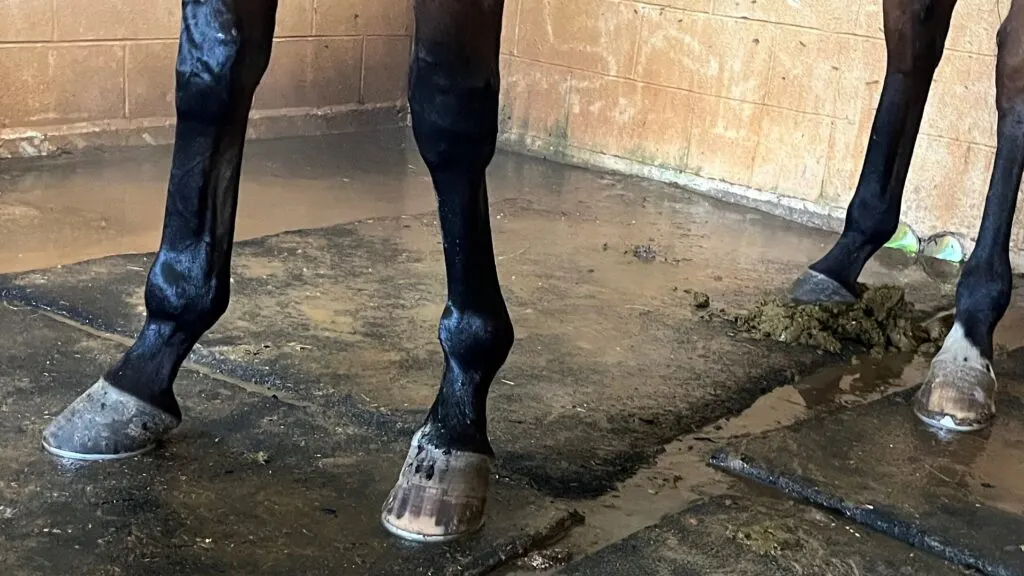
Types of Horse Shoes and Their Purposes
Horseshoes come in various types, each designed for specific purposes and activities. Understanding these differences is key to choosing the right shoe for a horse’s needs:
- Racing Shoes:
- Made of lightweight aluminum, these shoes are designed for speed and agility.
- Racehorse shoes reduce the weight each horse leg lifts while running, enhancing performance on the racetrack.
- Therapeutic Shoes:
- Used to treat and manage hoof problems and diseases.
- Designs vary, from shoes that relieve pressure on certain parts of the hoof to those that aid in healing after injury.
- Training Shoes:
- Heavier and more durable, ideal for horses in regular training or work.
- They offer extra protection and support, especially for horses on rough or uneven terrain.
- Polo Shoes:
- Similar to racing shoes but often with added traction.
- Provide stability and grip for the quick turns and stops in polo.
- Trail Riding Shoes:
- Designed for comfort and durability over long distances.
- Often have a broader base to provide more hoof and sole support on varied terrains.
- Jumping Shoes:
- Provide extra traction and support for horses participating in show jumping.
- The design focuses on balance and grip to help with the landing impact after jumps.
Each type of horseshoe is tailored to the specific demands of the horse’s activities and conditions. The right choice of shoe can significantly impact a horse’s comfort, performance, and hoof health.
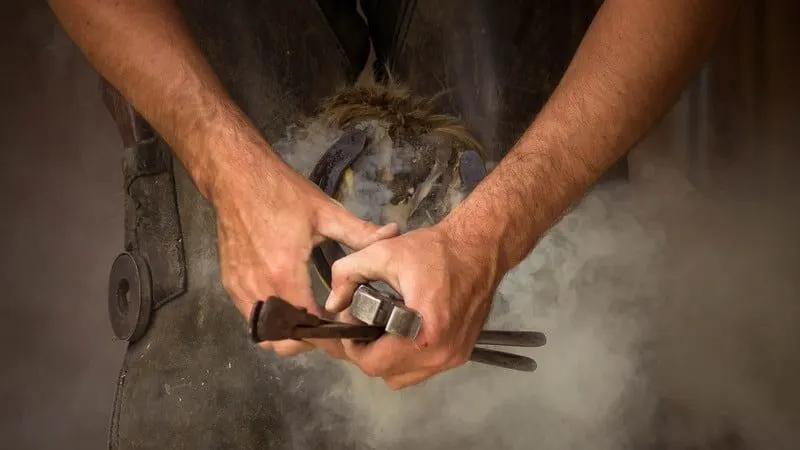
The Shoeing Process: A Closer Look
Properly shoeing a horse is a meticulous process that requires skill and precision. Understanding the steps involved highlights the crucial role of a farrier in equine hoof care:
- Hoof Inspection and Cleaning:
- The farrier begins by thoroughly inspecting the horse’s hooves, checking for any signs of problems like cracks, abscesses, or uneven wear.
- The hooves are then cleaned to remove debris, ensuring a clear view and clean surface for shoeing.
- Trimming the Hoof:
- The farrier trims the hoof to the correct length and angle. This step is vital for maintaining the hoof’s health and ensuring the horse’s proper stance and gait.
- Trimming also prepares the hoof for a snug fit of the shoe.
- Selecting and Fitting the Shoe:
- Based on the horse’s activity, hoof shape, and any specific needs, the farrier selects the appropriate type of shoe.
- The shoe is then heated and molded to fit the horse’s hoof perfectly, ensuring comfort and proper support.
- Attaching the Shoe:
- The shoe is nailed to the hoof, with the farrier taking care to place nails in the insensitive part of the hoof.
- The farrier ensures that the nails are correctly angled and do not cause discomfort or harm to the horse.
- Finishing Touches:
- Excess nail is trimmed, and the ends are clinched to secure the shoe.
- The hoof and shoe are filed to smooth any rough edges, providing a clean, finished look and preventing snagging or injury.
- Assessment and Adjustments:
- The farrier observes the horse walking to ensure the shoes are comfortable and correctly fitted.
- Any necessary adjustments are made to optimize the horse’s comfort and performance.
The farrier’s expertise in the shoeing process is indispensable. Their skills in hoof care and shoe fitting play a critical role in maintaining a horse’s hoof health and overall well-being.
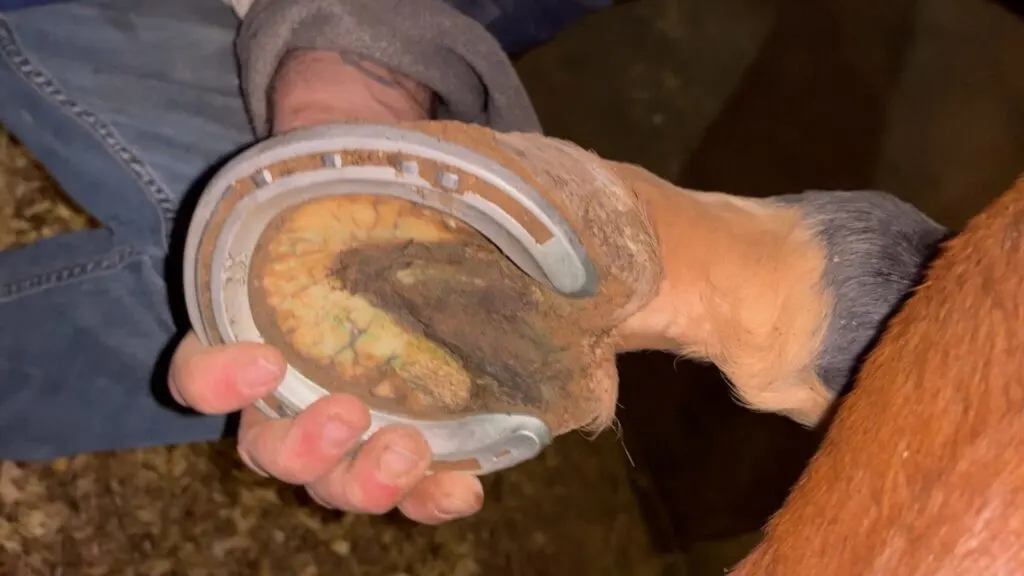
Balancing Hoof Health and Performance
The art of shoeing horses is a delicate balance between enhancing performance and maintaining hoof health. This balance is crucial, as the implications of shoeing extend far beyond mere appearance:
- Optimizing Performance:
- Properly fitted shoes can significantly improve a horse’s gait and agility, especially in competitive scenarios like racing or show jumping.
- The right shoes can enhance traction, reduce slippage, and provide better control during high-speed or precision activities.
- Maintaining Hoof Health:
- A well-shoed hoof supports the horse’s weight evenly, reducing the risk of strain or injury.
- Regular shoeing and hoof care prevent common problems like splits, cracks, or uneven wear, which can lead to long-term health issues.
- Risks of Improper Shoeing:
- Shoes that are too tight, loose, or poorly aligned can cause discomfort, leading to issues like lameness, hoof pain, and altered gait.
- Incorrect shoeing can also lead to structural problems in the hoof and leg, affecting the horse’s overall posture and movement.
- The Importance of Regular Farrier Visits:
- Consistent and skilled farrier care ensures that shoes are always suited to the horse’s current needs and condition.
- Regular assessments and adjustments help in early detection and prevention of potential hoof problems.
The right shoeing approach is essential for both performance and health. It requires a deep understanding of equine anatomy, an awareness of the horse’s specific needs, and a commitment to regular hoof care. This balance is key to ensuring that horses not only perform at their best but also enjoy a healthy and comfortable life.
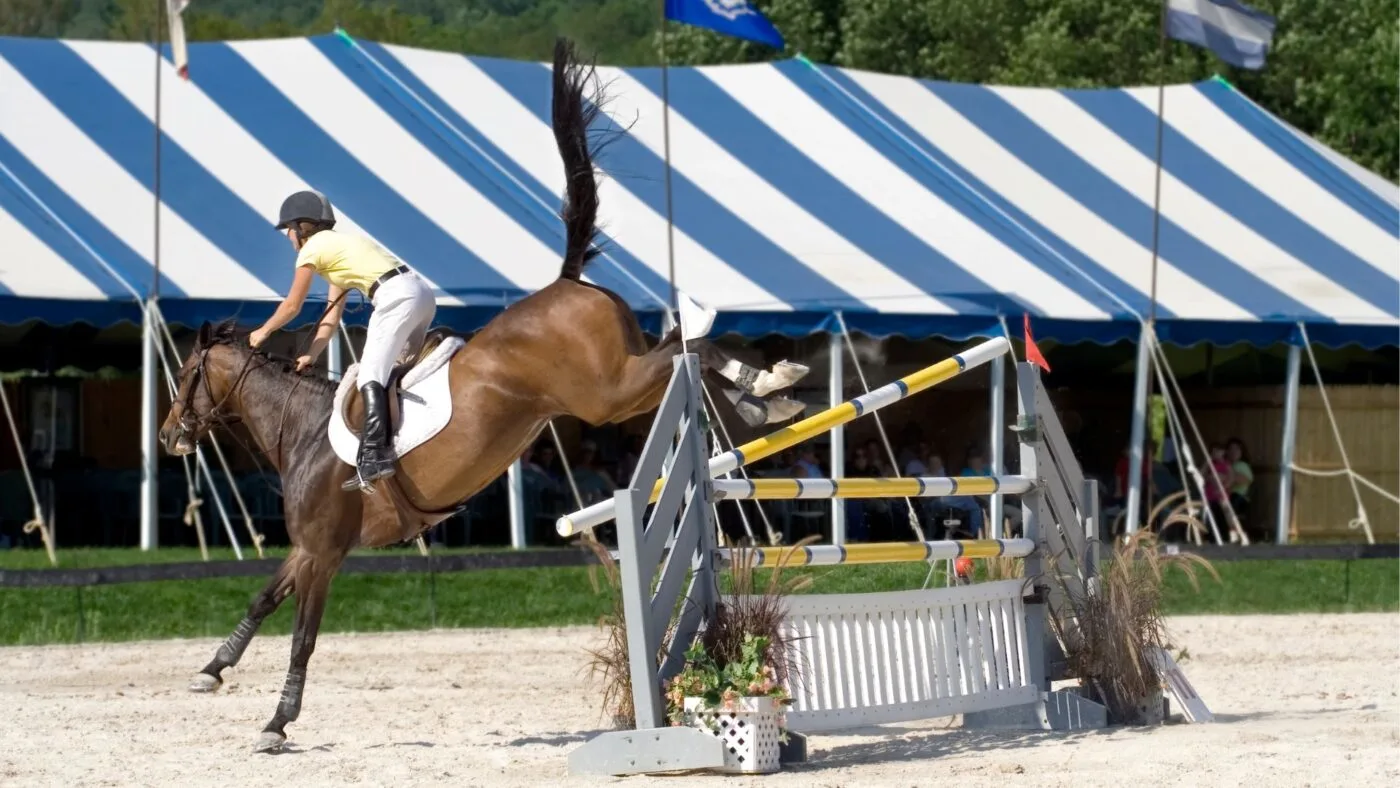
Alternatives to Traditional Shoeing
While traditional horseshoes are a common solution for hoof care, there are alternative methods that can be suitable in certain scenarios:
Hoof Boots:
- Versatile and temporary alternative to permanent shoes.
- It is ideal for horses needing protection during specific activities like trail riding or navigating rough terrain.
- Removable post-activity allows hooves to breathe and grow naturally.
Barefoot Trimming:
- Regular trimming to maintain the natural shape and function of the hoof.
- Suitable for horses with strong, healthy hooves, engaged in light activities or in soft environments.
- Leaving a horse barefoot can promote natural hoof growth and strength.
Glue-On Shoes:
- A non-invasive alternative to nailed shoes, ideal for horses with sensitive hooves or hoof conditions.
- Used for horses that cannot tolerate nailing due to hoof health issues like thin walls or laminitis.
- Provides similar support and protection as traditional shoes without the need for nails.
Scenarios Favoring Alternatives:
- Recovery Periods: Post-injury or hoof issues, alternatives like barefoot, hoof boots, or glue-on shoes aid healing.
- Transitioning Horses: Beneficial for horses moving from shod to unshod, adapting to new hoof care methods.
- Individual Hoof Health: Some horses thrive without permanent shoes, depending on their hoof health and lifestyle.
It’s important to note that these alternatives require careful consideration and regular monitoring. Consulting with a knowledgeable farrier or veterinarian is crucial to determine the best hoof care approach for each individual horse.
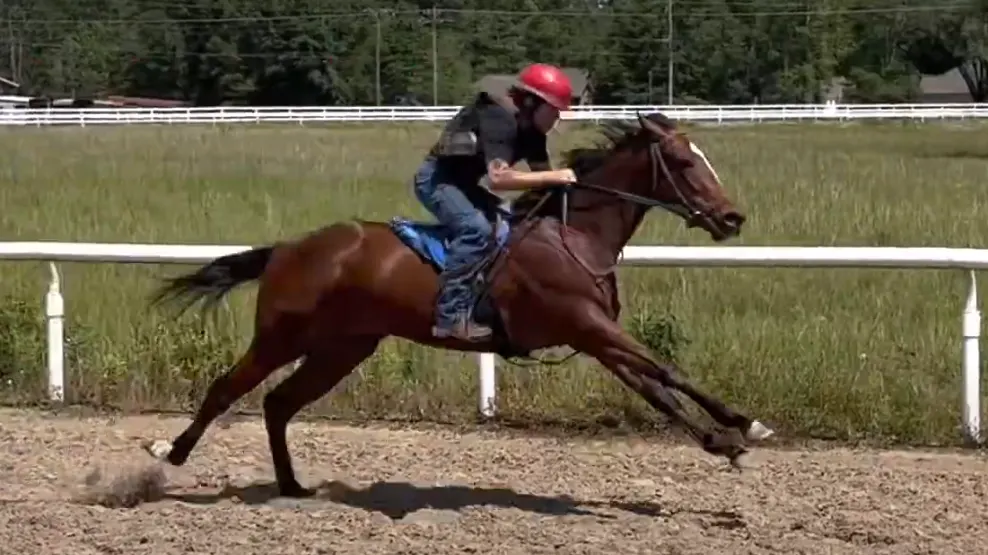
FAQs on Horse Shoeing and Hoof Care
How Often Do Horses Need New Shoes?
Horses typically need new shoes every 6 to 8 weeks. However, this can vary depending on the horse’s level of activity and the type of terrain they frequently walk on. Regular visits from a farrier are essential to assess and replace horseshoes as needed.
Does Shoeing Hurt the Horse?
When done correctly, shoeing does not hurt the horse. The outer wall of a horse’s hoof, where the shoe is nailed, is made of keratin and doesn’t have nerves, similar to our fingernails. However, care must be taken to avoid ‘quicking,’ which occurs if a nail accidentally hits the sensitive inner part of the hoof.
What is ‘Quicking,’ and How Does It Affect the Horse?
Quicking happens when a farrier accidentally drives a nail into the sensitive inner part of the hoof. While this can be painful for the horse, it usually doesn’t cause long-term damage. Farriers are trained to avoid this and address it immediately if it occurs.
Why Don’t Wild Horses Need Shoes?
Wild horses don’t need horseshoes because they genetically have tough hooves through natural breeding; they also harden their feet naturally when traveling. They aren’t used for a specific purpose that requires a specialized shoe.
Is it better for a horse to be barefoot or shod?
This depends on the individual horse’s needs, hoof health, and its activities. Some horses benefit from being shod, while others maintain healthy hooves without shoes.
What are the signs that a horse needs its shoes changed?
Signs include visible wear or damage to the shoes, the horse showing discomfort or changes in gait, and the hoof growing beyond the shoe’s edge.
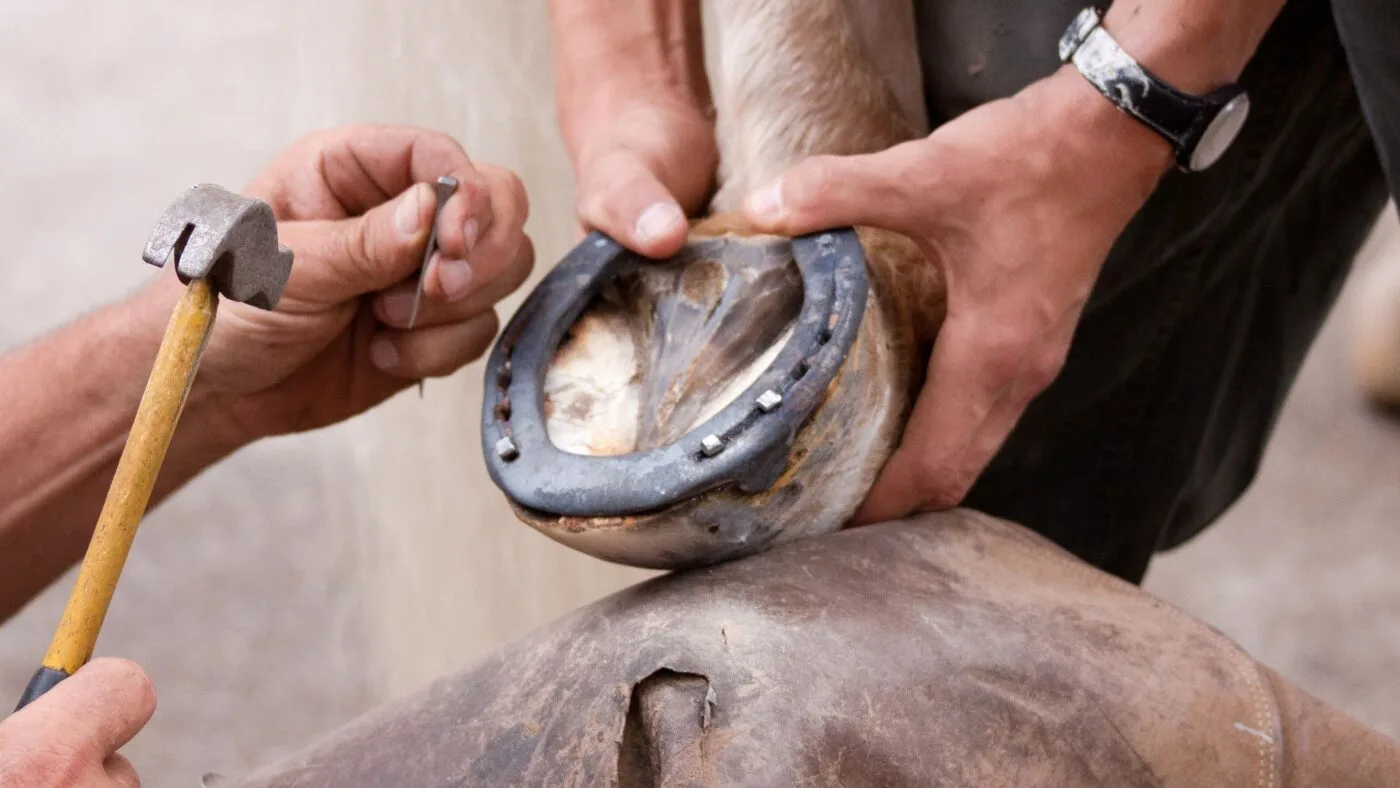
Conclusion: Why Do Horses Need Shoes
The decision to shoe a horse is not merely a routine aspect of equine care; it’s a critical choice that significantly impacts a horse’s health, comfort, and performance. Understanding when and why to shoe is essential for:
- Enhancing Performance: Proper shoeing can dramatically improve a horse’s athletic abilities, especially in demanding disciplines.
- Preventing Injuries: Correctly fitted shoes protect against various hoof problems and injuries, ensuring the horse’s long-term well-being.
- Promoting Hoof Health: Regular and skilled shoeing maintains hoof integrity and prevents issues like cracks, splits, or uneven wear.
Responsible horse care involves more than just recognizing the need for shoes. It’s about understanding each horse’s unique requirements and making informed decisions. Always consult with experienced farrier professionals who can provide tailored advice and care based on your horse’s specific needs.
Call to Action
For horse owners and caretakers, staying informed and proactive about hoof care is key. I encourage you to:
- Seek Regular Professional Advice: Schedule consistent check-ups with a qualified farrier.
- Stay Educated: Keep abreast of the latest developments in equine hoof care and shoeing techniques.
- Observe Your Horse: Be attentive to changes in your horse’s gait or hoof appearance, and act promptly on any concerns.
Join the Conversation:
- I encourage you to share your thoughts, experiences, or questions in the comments section below. Let’s create a community of informed and passionate horse owners.
- Don’t forget to share this article with your network. Use the social share buttons to spread knowledge and love for horses.
Thank you for reading, and I look forward to connecting with you, whether it’s through our newsletter, direct communication, or in the comments section. Here’s to the thrilling journey of racehorse ownership!
Additional Resources
- International Association of Professional Farriers: Visit IAPF for articles and resources from experienced farriers and equine professionals.
- Equus Magazine: Equus Magazine offers expert-written articles covering all aspects of horse care, including hoof health.
- American Farrier’s Journal: American Farrier’s Journal offers a wealth of articles, research, and insights into the latest trends and techniques in farriery.
- Journal of Equine Veterinary Science: Access studies and research articles for in-depth scientific insights into equine health at Journal of Equine Veterinary Science.
- American Farrier’s Association
- International Association of Professional Farriers
Further Reading and Studies
- Studies have shown that while shoeing is beneficial for protection and performance, it’s essential to tailor the shoeing to the horse’s individual needs (Journal of Equine Veterinary Science).
- Experts in equine podiatry often emphasize the importance of considering the horse’s activity level, environment, and hoof health before deciding to shoe (American Farrier’s Association).
- Some holistic equine care practitioners advocate for barefoot approaches where feasible, highlighting the benefits of natural hoof mechanisms (International Association of Professional Farriers).
To further your understanding and knowledge, here are some authoritative sources on equine hoof care and shoeing:
Meet Miles Henry
An avid equestrian and seasoned racehorse owner, Miles Henry brings his extensive experience to the equine world, proudly associating with the AQHA, The Jockey Club, and various other equine organizations. Beyond the racetrack, Miles is an accomplished author, having published various books about horses, and is a recognized authority in the field, with his work cited in multiple publications.
🔗 Connect with Miles:
Twitter
Facebook
YouTube: Check out race highlights, horse care tips, and more!

